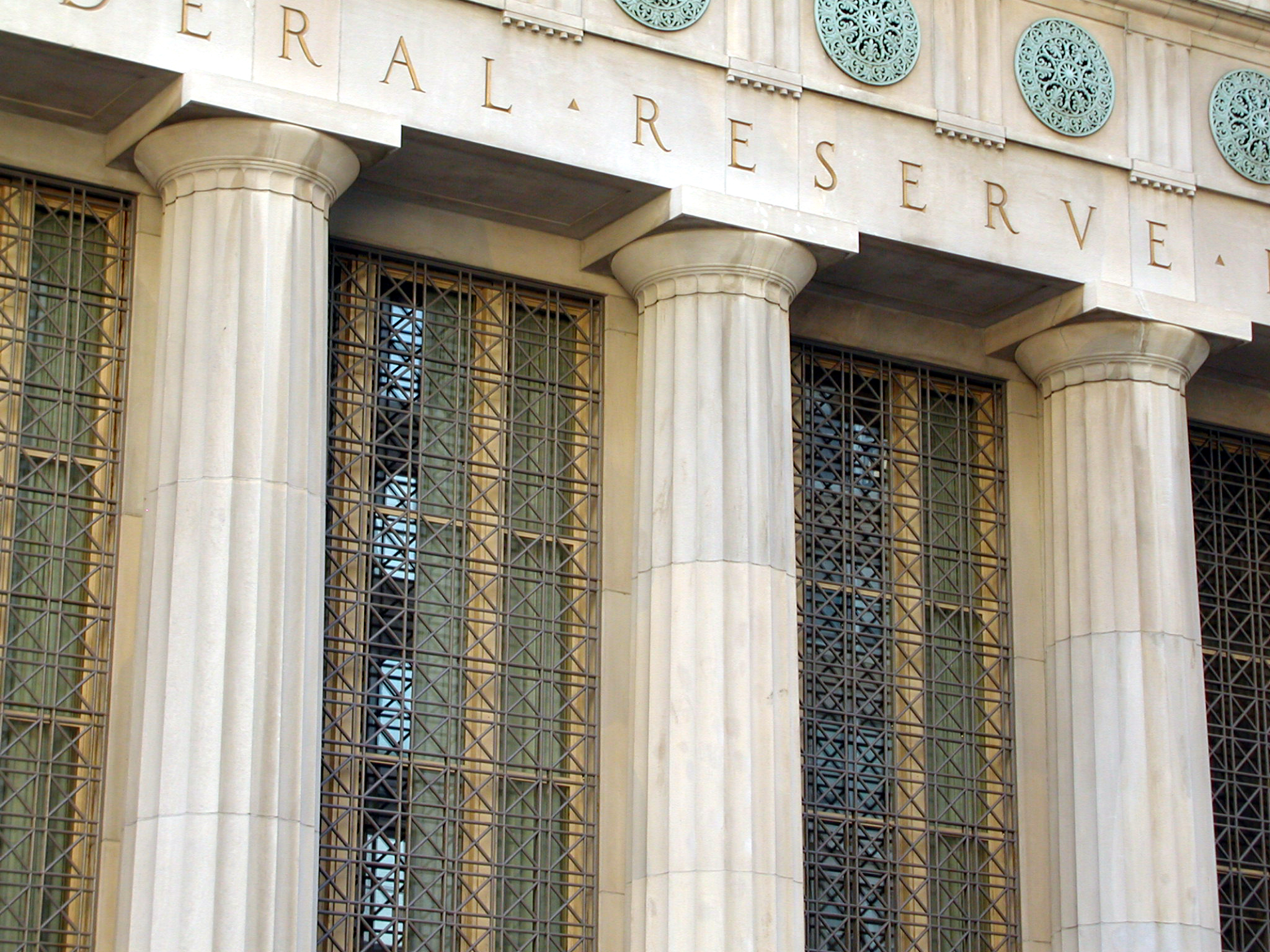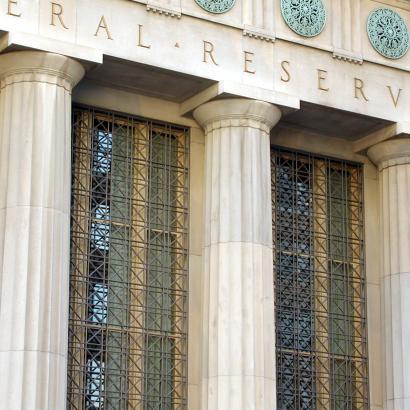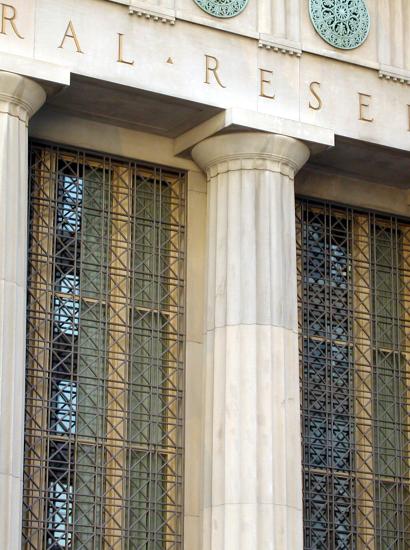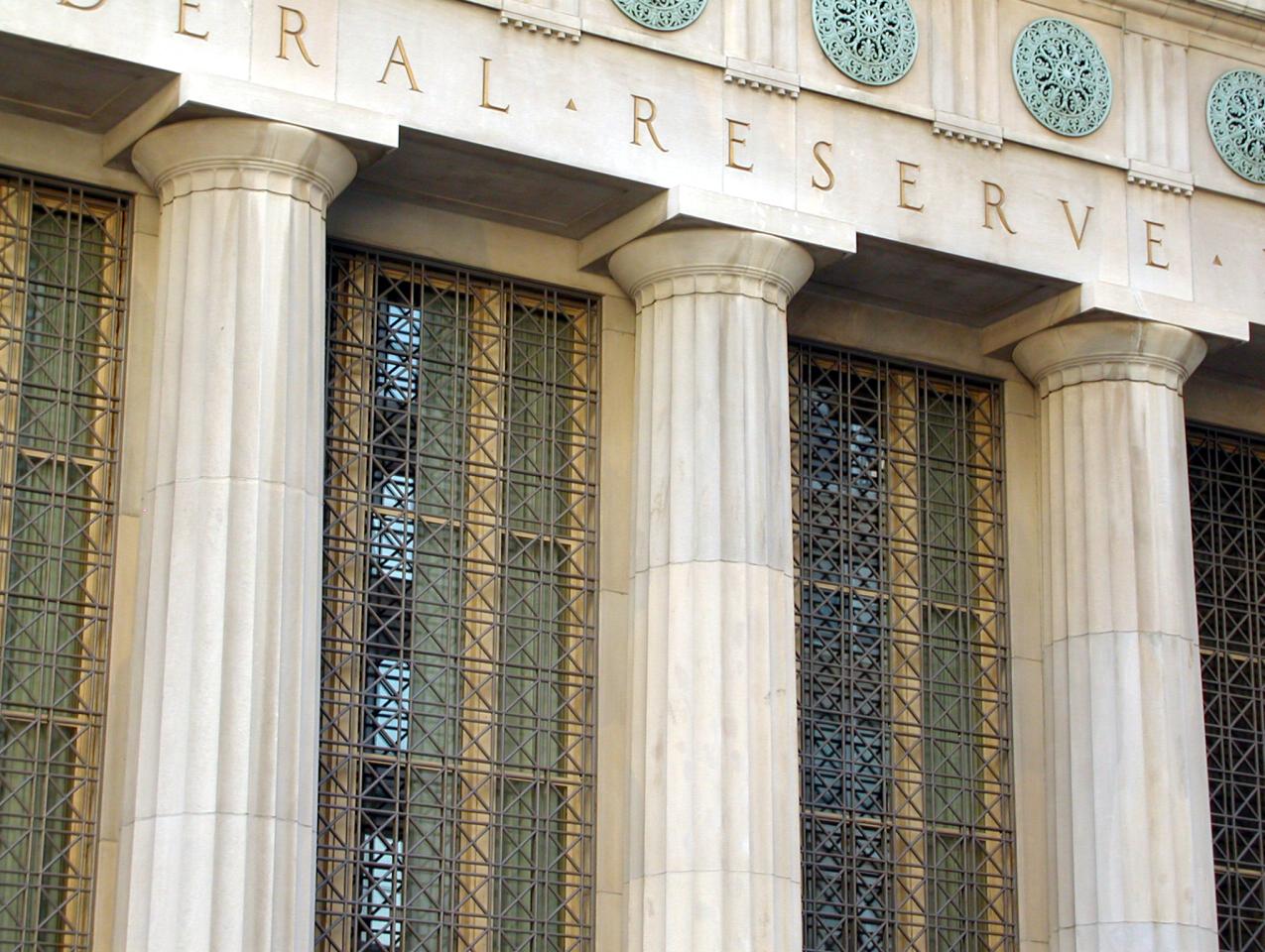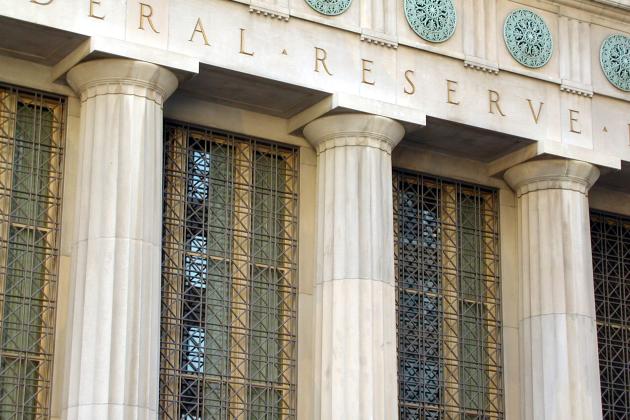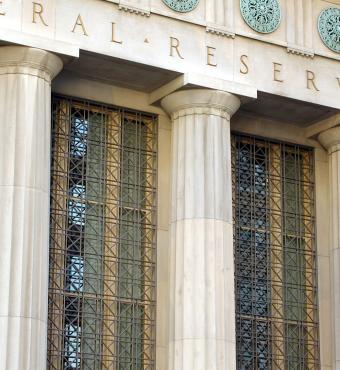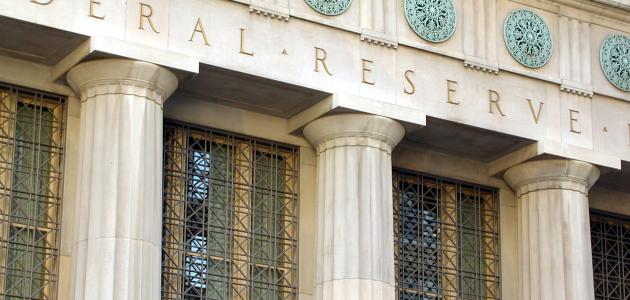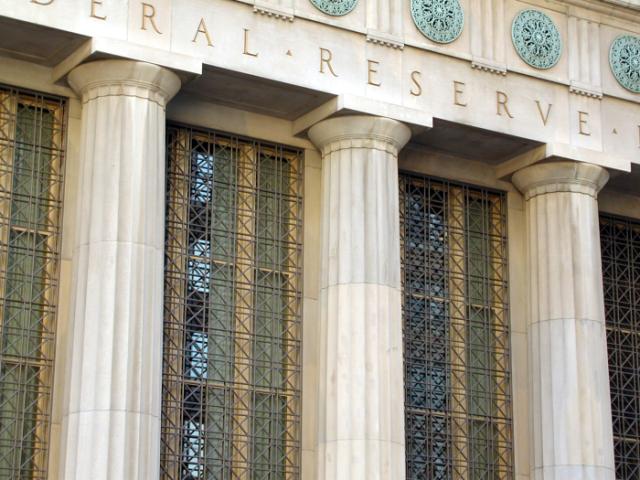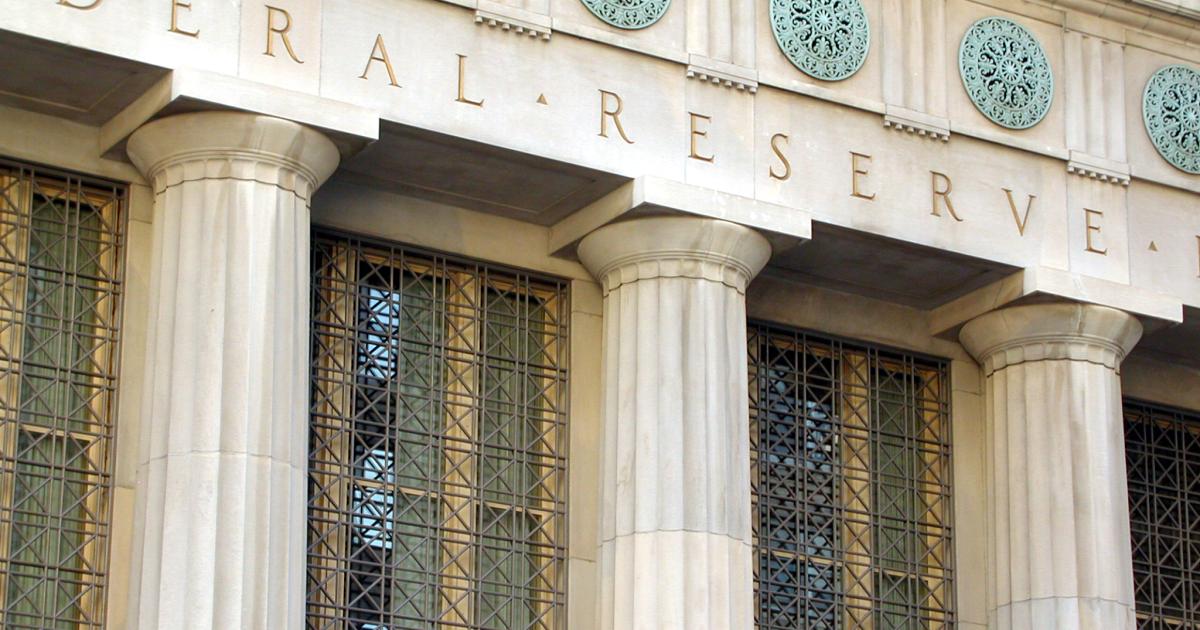- Economics
One of the most important guiding principles of sound central banking is the independence of monetary policy decision-making. History teaches us that unless governments are constrained constitutionally or by statute, they often resort to the “printing press” to avoid making tough fiscal decisions. But in a democracy, independence must come with limitations on the central bank’s authorities and discretionary powers. Otherwise, central bankers can use their powers to venture into policy realms unrelated to monetary policy, especially fiscal policy, which more appropriately rests with elected officials. If a central bank has the power and willingness to conduct fiscal policy, it undermines the integrity of fiscal choices by Congress and the checks and balances on the distributional effects of fiscal actions. Engaging in such actions also undermines the central bank’s legitimacy and the case for independence.
It is useful to think of a central bank in terms of its balance sheet. For the Federal Reserve, the liabilities are predominately currency and the reserves of the banking system. Increasing the liabilities is often thought of as monetary policy. However, central banks also manage the asset side of the balance sheet and governments often put constraints on what the central bank can acquire or hold. Changes in the composition of the assets are often referred to as credit policy.
Historically, the Fed has conducted monetary policy through the purchase or sale of Treasury or Treasury-related securities (such as repurchase agreements). Thus, the vast bulk of Federal Reserve assets has been Treasury securities. Credit policy did not play a significant role as assets outside of Treasuries were relatively small.
During the financial crisis and ensuing recession, this picture changed dramatically. The Federal Reserve made a number of decisions that significantly altered both the size and the composition of its balance sheet. For example, the Fed pursued a program of large-scale asset purchases in an effort to increase monetary accommodation after it reduced its conventional policy tool, the federal funds rate, to near zero. The balance sheet grew from less than $1 trillion to $4.5 trillion. This expansion was achieved, in part, through the purchase of large quantities of Treasury securities.
But in a more unusual step, the Fed also purchased large quantities of non-Treasury securities, altering the composition as well as the size of the Fed’s balance sheet. In particular, a significant share of the purchases was in the form of mortgage-backed securities (MBS), which targeted the housing sector for special attention and thus was a form of credit policy in support of a specific sector of the economy. So quantitative easing (QE) was a mixture of monetary policy, adding liabilities in the form of bank reserves, and credit policy that altered the composition of the assets away from Treasuries toward housing securities and MBS in particular. This was an unprecedented market intervention by the Fed.
More troubling was the lending under Section 13(3) of the Federal Reserve Act (FRA), which included support of the creditors of Bear Stearns and AIG. The Fed also funded other lending programs designed to support the purchase of commercial paper and other types of asset-backed securities. These credit policies were market interventions intended to benefit or subsidize specific parties during the crisis. The broader goal was to help stabilize the financial system. Regardless of the rationale, the Fed sold Treasury securities from its portfolio and used the proceeds to purchase risky private sector securities. These actions amounted to debt-financed fiscal policy but without the explicit authorization of Congress. Given the distributional effects of such interventions, it is not surprising they proved controversial.
A Fed with the power to engage in fiscal policy through such credit allocations faces risks that its authority can be abused by political leaders or the Fed itself. The discretion to engage in credit allocation represents an open invitation to politicians and interest groups to pressure the central bank to use its authority to manage its assets to further some other agenda. Maybe the Fed should invest in green energy companies, in domestic manufacturers who pledge not to ship jobs overseas, or infrastructure bonds issued by state or municipal authorities. This may seem far-fetched, but Congress asked the Fed to invest in the automobile companies in 2008. After all, it had already supported Bear Stearns and AIG, and weren’t the big four auto companies as important to the economy and employment as these financial firms? Fortunately, the Fed said no, but the discretionary authority to engage in credit allocation could prove to be a threat to Fed independence. This danger is further aggravated by the calls for the Fed to rely on an operating regime that untethers the balance from monetary policy. In such a regime, the size of the balance is free to vary while monetary policy is determined by the rate of interest on reserves. What a temptation for mischief with the balance sheet that could prove to be.
In response to such criticisms of the scope of Fed authorities, the Dodd-Frank legislation in 2010 modified lending under Section 13(3) to programs with “broad-based eligibility.” Dodd-Frank also attempted to devise a resolution regime for large financial institutions so that such rescues by the Fed need not arise in the first place. The actions by the Fed that pushed the envelope and scope of Fed authorities also have spawned other proposals such as the “audit the Fed” movement and calls for changes in Fed governance. These latter proposals, if passed, would strike at the heart of monetary policy independence.
One way to limit the Fed’s ability to engage in credit allocation and reduce the incentive for political interference is to restrict the central bank to an all-Treasuries portfolio. This would not constrain the conduct of monetary policy. There are ample Treasury securities for conducting monetary policy for the foreseeable future. The large purchases of MBS were a significant departure from past practice and, as I mentioned, were a mixture of both monetary policy (increasing the size of the balance sheet) and credit policy (changing the composition of the assets on the balance sheet). The justification of the MBS purchases was not based on the scarcity of Treasuries available for purchase in the open market, but on the desire to support housing, which was viewed as important to economic recovery.
A Treasuries-only policy would prevent the Fed from purchasing private sector assets that would offer some firms, sectors, or asset classes preferential treatment and expose the taxpayer to credit risk. It would also prevent the Fed from rescues or bailouts of creditors on its own discretionary authority as it did during the crisis under Section 13(3). Moreover, it would rule out the discretion of the Fed to acquire agency securities and municipal bonds, as well as private securities such as equities and corporate bonds. These limitations would strengthen Fed independence by reducing the incentives for political interference and lobbying by interested parties.
Some argue that an all-Treasuries portfolio would limit the ability of the Fed to respond to a financial crisis. As a lender of last resort, the Fed should focus on the integrity of the payment system. As articulated by Walter Bagehot in 1873, the central bank should lend to solvent institutions at a penalty rate against good collateral. The Fed’s lending to Bear Stearns and AIG were not examples of such lending. Instead the Fed lent to failing institutions against questionable collateral. Moreover, the Fed has never articulated a strategy for determining who and when such emergency lending was appropriate, or defined the collateral requirements.
It should not be a goal to make bailouts and rescues easy for the Fed, or any other agency for that matter. To reduce moral hazard, such options should be eliminated or made very difficult to pursue. Section 13(3), even as revised, permits the government to use the Fed’s off-budget financial position to engage in fiscal actions so the fiscal authorities do not have to step up to the plate. This encourages moral hazard, increases risk taking, misplaces decision rights, and undermines accountability.
A Treasuries-only constraint on the Fed would dramatically curtail its credit policy actions, reduce moral hazard, and protect its independence. Yet some argue that the Fed must have the authority to intervene in an emergency much as it did in 2008. But this is not necessary. Fiscal policy that puts taxpayer funds at risk should be the responsibility of Congress and the U.S. Treasury. It’s unnecessary to grant the Fed discretionary authority to execute such rescues. If a situation such as Bear Stearns were to arise, the first line of defense should be orderly liquidation or bankruptcy. Neither would necessitate a financial role for the Fed.
Nevertheless, it is understandable that many believe that there should be some backstop mechanism for the government to act on relative short notice. Emergencies can and do arise. What is needed is a mechanism that aligns decision rights and accountability for the fiscal actions being contemplated.
On several occasions (see here, here, and here), I have suggested a new accord between the Fed and the Treasury. The idea is to specify ex ante the decision rights and accountability for such fiscal decisions during a financial crisis. The decision to put taxpayer funds at risk in order to allocate credit differentially across parties or sectors lies with the fiscal authorities. The accountability then should also rest with those authorities. The role of the Federal Reserve should be limited to helping the Treasury implement the decision. Recognizing the appropriate accountability, the Treasury would be required to remove the private securities from the Fed’s balance sheet in exchange for Treasury securities, thus restoring the all-Treasury character of the Fed’s balance sheet and ensuring that the fiscal authorities are accountable for the risks.
The framework is easily described:
1. The Federal Reserve should be required to maintain a Treasuries-only policy as it pertains to the conduct of monetary policy.
2. The Federal Reserve should be prohibited from purchasing non-Treasury securities, private sector securities or lending against private collateral except through traditional discount window operations with depository institutions.
3. Emergency lending under Section 13(3) of the FRA should be eliminated and replaced with a new Fed-Treasury accord, under which the Fed may facilitate, at the Treasury’s request, the purchase of private sector securities in an emergency. The Treasury would be required to seek Congressional approval for such expenditures within 30 days of the action. Upon approval, the Treasury would promptly arrange to exchange (at book value) Treasury securities for the private sector securities temporarily acquired by the Fed. Should the Congress not approve the action, the Treasury would require the Fed to liquidate such securities within 60 days. Any losses or gains incurred by the Fed under such an action would be the responsibility of the Treasury. Through these provisions credit policies would cease to be a tool of the Federal Reserve and would no longer be a threat to the independence of the Federal Reserve.
To illustrate how this might work, consider the case of Bear Stearns.
The decision to support the rescue of Bear Stearns should have been made by the U.S. Treasury. Bear Stearns was not a depository institution, nor was it regulated by the Fed. Rather, it was an investment bank which had as its primary regulator the SEC. Surely, consultation with the Fed, the SEC, the FDIC, and other agencies would be appropriate, but the decision should be that of the fiscal authorities. The Fed could help facilitate that decision and be instructed by the Treasury to acquire whatever securities required to implement the decision. But it is important that the decision rights rest with the Treasury, with the Fed as the facilitator operating under the instructions of the Treasury.
In this case, the transaction could have proceeded as it did. The Fed facilitated the purchase of Bear Stearns by JP Morgan by, in effect, purchasing (raising cash by selling Treasuries from its portfolio) approximately $29 billion of high risk private assets. These risky assets were placed in an LLC wholly owned by the New York Fed, named Maiden Lane.
Then comes the important part. The Treasury would then be required, within 30 days, to get an approval or appropriation by Congress. Following approval, the Treasury would arrange an exchange of those private assets purchased by the Fed for Treasury securities. For example, the Treasury could simply issue debt in the amount of the book value of the Maiden Lane assets and deposit the proceeds at the Fed in exchange for the ownership of Maiden Lane assets. The Fed would then use the proceeds to purchase Treasuries in the secondary market. At the conclusion of such an exchange, the Fed’s portfolio would be returned to where it was before the transaction, the U.S. Treasury would be the owners of the Maiden Lane assets, and accountability for the decision would rest with the appropriate decision-making authority. Any gains or losses on the ultimate disposition of the securities would then accrue to the Treasury and the taxpayer.
Requiring the Federal Reserve to maintain an all-Treasuries portfolio would address several issues. It would protect its independence; reduce its discretionary authorities; and return fiscal authority and credit allocation to Congress and the U.S. Treasury.







